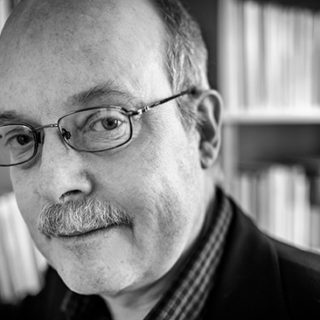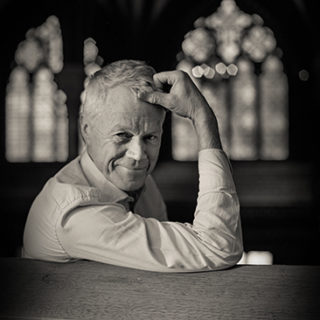New book makes society more accessible to the visually impaired
Can people who have never had the sense of sight see things with their inner eye and create mental images? If so, how? In the book Syntolkning – Forskning och praktik (Audio description – Research and practice), cognitive scientists provide in-depth knowledge of how society can become more accessible to those who are visually impaired.
“Blind people have the ability to create mental images just like those who see, but they are of a different nature. Blind people’s inner perceptions are more spatial and based on senses other than sight – hearing, touch and echo sounds. These inner perceptions may also be induced with the help of vivid descriptive language”, says Associate Professor Jana Holsanova who helped initiate research on audio description since 2010 and who is one of the editors of the book.
In Sweden there are approximately 120 000 visually impaired people in need of audio description. Audio description is not as obvious as the ramp is for the physically disabled; however, there is an increasing awareness of the issue and the need. Audio description can include verbal narration of film, theatre or images, as a way to give those who are visually impaired a richer cultural experience. Audio description is also important for inclusive teaching in schools.
“The things that are perceived on film when you close your eyes should not be audio described. The main task of audio description is to interpret what is seen but not said: environments, events, people, and their appearance. Even fast clips in a movie – when we move through time and space – needs to be described. Similarly, facial expressions, gestures and body movements are things the audience would like to know to be able to draw conclusions about the relationships between different people and for a fuller understanding of the story”, says Jana Holsanova.
“The research results can be directly applied in audio description practice, and thereby benefit the users.”
In addition, a more developed audio description provides greater opportunity for better inclusion in everyday life. Audio description allows people who are visually impaired to have, for instance, a joint evening in front of the TV when Eurovision is showing, perhaps a walk around the city, or the opportunity, in some other way, to actively participate in a social context.
“One thing that has surprised me over the years is that people who are visually impaired and blind are just as keen to know the colour of something as those who can see. Even if blind people have never seen the colour, by gathering information from other people’s descriptions, sayings, books, etc. they have knowledge of what the colours symbolise.”
IN THE BOOK Syntolkning – Forskning och praktik, researchers, educators, visually impaired and blind persons, practising visual interpreters and government authority representatives write about audio description from their different perspectives. The book is the first of its kind in Sweden and Scandinavia. It wants to inspire more research and debate to improve audio description. Many people can benefit from the book: researchers, educators, visual interpreters and those who use their services, as well as event organisers, government authorities and special interest groups. And anyone with an interest in issues concerning accessibility.
“I believe that with this book and the projects implemented we have managed to establish audio description as a research field in Sweden. It is an exciting area which reveals the link between language and thought: how people perceive the world, interpret and understand what others say, and imagine objects and events. The research results can be directly applied in audio description practice, and thereby benefit the users”, says Jana Holsanova.
Text: Gisela Lindberg
Facts
-
The book
-
Jana Holsanova, Associate Professor of Cognitive Science, is one of the editors of the book Syntolkning – forskning och praktik (Audio description – Research and practice) which was recently published in collaboration between Lund University, Stockholm University and the Swedish Agency for Accessible Media. The book is the first of its kind that links research and practice together.
You find the link to the book here (in Swedish).






